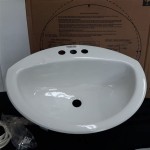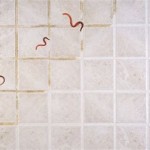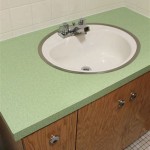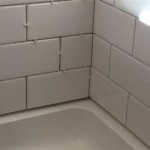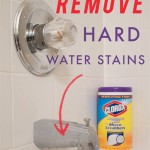How to Effectively Remove Mould from Bathroom Sealant
Mould growth on bathroom sealant is a common issue that can compromise the aesthetics of your bathroom and pose health risks. Mould thrives in moist and humid environments, making bathrooms an ideal breeding ground. If left unchecked, mould can spread and cause damage to the sealant and surrounding surfaces. Fortunately, there are several effective methods to remove mould and prevent its recurrence.
Identifying Mould Growth
Before attempting to remove mould, it's essential to identify its presence. Look for black, green, or pink discolouration on the sealant. Mould can also appear as fuzzy or slimy patches. If you notice any of these signs, it's time to take action.
Cleaning Methods
There are several household cleaning products and DIY solutions that can effectively remove mould from bathroom sealant. Here are a few options to try:
- Bleach: Dilute bleach with water in a ratio of 1:10. Apply the solution to the mouldy area using a sponge or cloth. Leave it on for 15-20 minutes, then rinse thoroughly.
- White Vinegar: Undiluted white vinegar is a natural fungicide. Apply it to the mould with a spray bottle or cotton balls, and let it sit for at least 30 minutes before rinsing.
- Tea Tree Oil: Tea tree oil has powerful antifungal properties. Mix a few drops of tea tree oil with water and apply it to the mould. Leave it on for several hours, then rinse.
- Hydrogen Peroxide: Hydrogen peroxide is an excellent bleaching agent. Pour 3% hydrogen peroxide onto the mould and let it bubble for 10-15 minutes. Rinse thoroughly.
- Baking Soda Paste: Make a paste by mixing baking soda with a small amount of water. Apply the paste to the mould and let it dry for several hours. Brush off the baking soda and rinse with water.
Prevention Tips
Once you've successfully removed the mould, it's crucial to prevent its recurrence. Here are some helpful tips:
- Keep the Bathroom Well-Ventilated: Use an exhaust fan or open a window during and after showering to remove excess moisture.
- Wipe Down Surfaces Regularly: Use a damp cloth or sponge with a mild cleaning solution to wipe down bathroom surfaces, including the sealant, after each use.
- Apply a Mould-Resistant Sealant: If possible, consider replacing the old sealant with a mould-resistant or mildew-resistant sealant.
- Inspect Regularly: Check the sealant and other bathroom surfaces for signs of mould growth at least once a month. Promptly address any mould you find.
Conclusion
Mould growth on bathroom sealant is a common issue but can be effectively treated and prevented. By following the recommended cleaning methods and prevention tips, you can maintain a clean and healthy bathroom environment. Remember to prioritise regular cleaning, ventilation, and inspection to keep mould at bay and ensure your bathroom stays fresh and inviting.

How To Clean Mould Off Bathroom Sealant Fantastic Services

How To Remove Black Mould From Silicone Sealant Groom Property Maintenance

Cleaning Mrs Hinch Fans Share How To Remove Mould From Bath Sealant Express Co

How To Clean Bathroom Tile And Grout Reviews By Wirecutter

Black Mould Get Rid Of With Bleach And Toilet Roll Express Co

How To Remove Mould From Bathroom Sealant Without Scrubbing Express Co

Learn How To Remove Black Mold From Shower Silicone Sealant Clean Deep Cleaning Tips House
How To Clean Black Mold Off Silicone In The Shower All Coast Inspections

Bathroom Diy How To Remove Mould

Mrs Hinch Fans Share Game Changing Tip To Remove Black Mould From Your Bathroom Sealant Daily Mail
Related Posts
